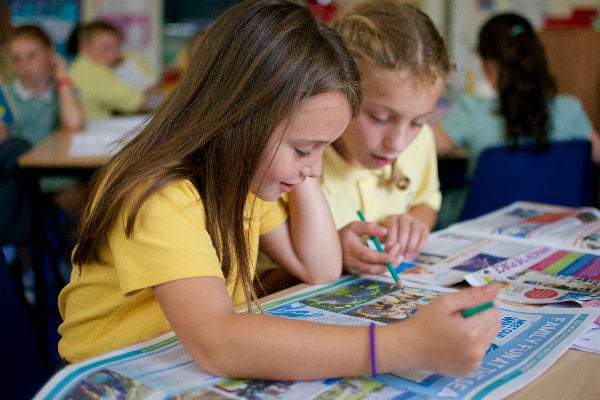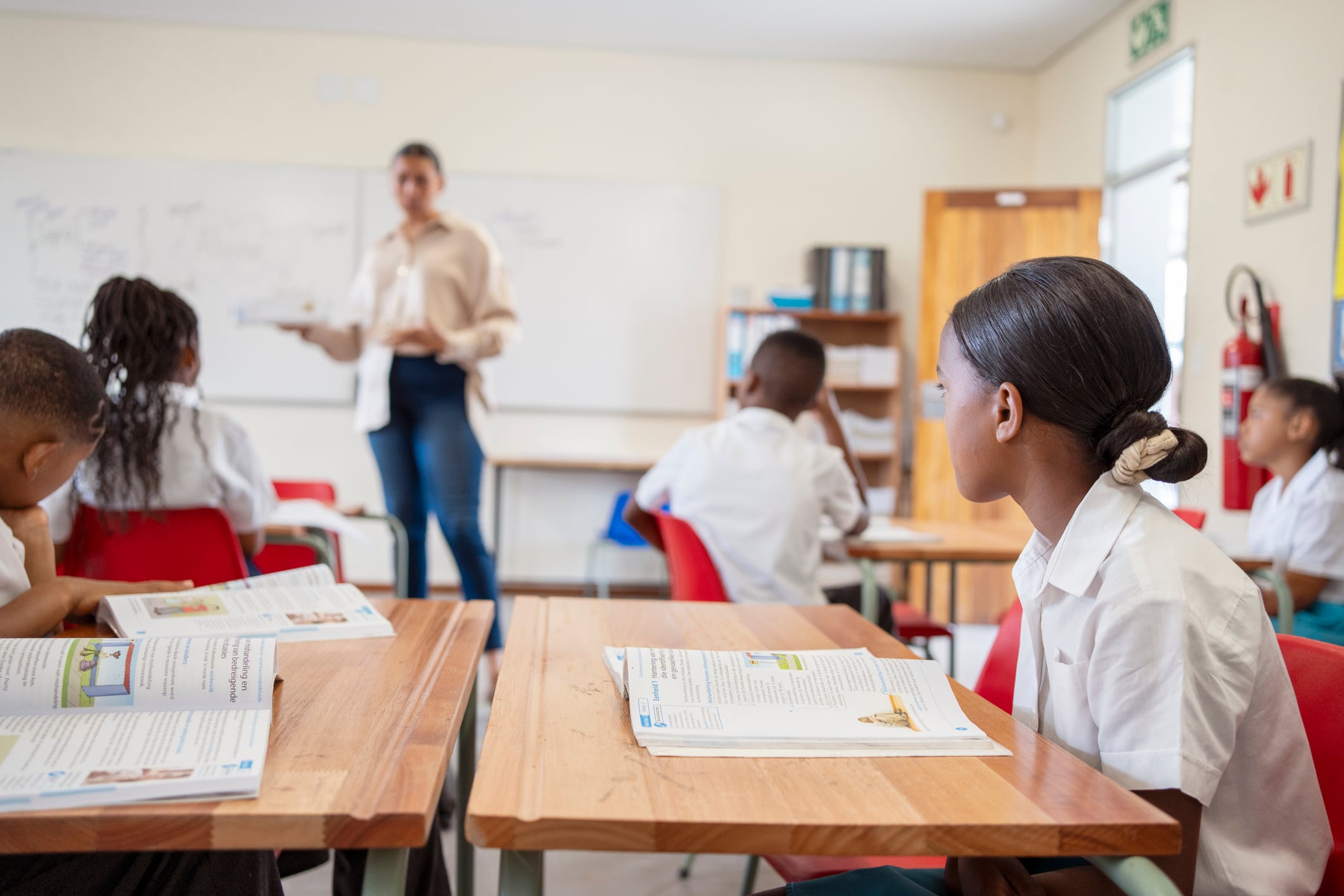Easy Ways to Introduce Newspapers into The Classroom
Critical Literacy
News reading not only helps improve critical literacy and vocabulary skills but is proven to engage even the most reluctant readers, but how can you integrate newspapers into your lessons? Keep reading for some easy to implement ways to help your class benefit from news-based learning.
11th June 2020

Make Newspaper Reading a Weekly Activity
Choose one or more pupils who will be responsible for delivering the newspapers to each class and get everyone excited about reading the week’s issue. News reading and comprehension activities can easily be introduced in guided reading sessions and homework every week.
In one weekly reading session you might want to give pupils the opportunity to read the newspaper to find the stories that interest them. In a second reading slot you could use one of our printed Activity Sheets or online iHub activities. Our digital news and literacy tool, the First News iHub, delivers pre-prepared reading activities for KS2 and KS3, giving students access to engaging comprehensions, vocabulary puzzles, debates and quizzes based on the week’s paper.
Teach Them About Journalistic Writing
Journalistic writing is an art form and there are lots of engaging activities you can do with your class to teach them how to write their own news report.
Our free junior journalist guide includes tips and activities to help them find their way around a news report and understand how to craft catchy headlines and captions. You might also find our resource on Journalistic Words and Phrases and News Terminology Flash Cards useful.
Discover the Different Sections of a Newspaper
Newspaper readers always have their favourite sections. Identifying sections with children helps them to develop reading habits and make choices about what they want to read.
Laminate these sections of a newspaper cards and cut them out. You can use these to give children different sections of First News to review.
Utilise the Paper to Spark a Debate
Regular news-based discussions encourage students to voice opinions articulately, listen to and respect others, grow confidence in speaking and enhance persuasive language skills. Use our weekly poll in First News or the iHub to start an instant debate on a topic or dilemma in the news. Check out our handy guide to on How to Run Debates in the Classroom to get you started.
Start a News Club or School Newspaper
This might not be a classroom activity, rather one for lunchtime or afterschool, but a news club gives children the opportunity to share news with each other and provides a platform to express themselves. Children can even create their own newsletters and newspapers giving them the opportunity to try their hand at different skills such as writing, editing, designing and photography. Find out more ways to develop a news reading community in the classroom and how to start a school newspaper.
Take Home a News Hound
This is a great activity especially for younger children. Children take turns to take home a ‘News Hound’ (a cuddly toy dog) at a weekend where the child chooses a news feature and reads it to News Hound and discusses it with an adult. They then share with the rest of the class what it is they have read with News Hound and discuss together. They can also take a photo or draw a picture of News Hound with the news.
Have a go at Being the First News Editorial Team
Each week our journalists suggest stories at the editorial meeting and then a flat plan is created for the week’s paper, detailing what sections will appear where and which stories will be on each page. Most news stories are suitable for several different sections of the newspaper. The editorial team decides which section to put the story in.
In our editorial team meeting activity children read through the news stories and decide which sections of First News they could feature in. Accompanying activity sheets below.
Interested in First News?
First News reaches millions of young readers every week, at home and at school. Our age-appropriate news stories and activities spark curiosity, build media and information literacy skills and empower children with the tools to navigate the world.



